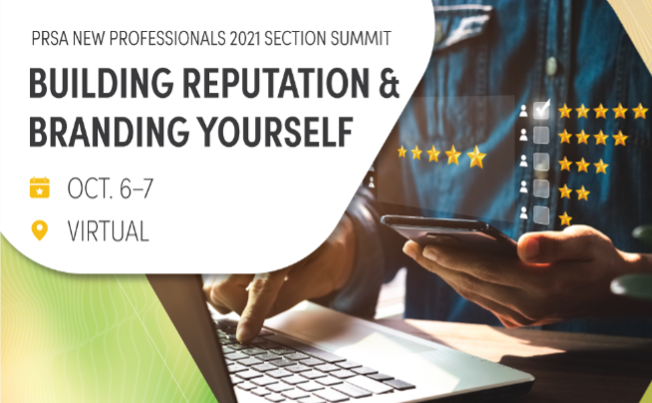 Jane Dvorak is a seasoned public relations professional—as she puts it, if we’re talking about seasoned professionals, she’s cayenne pepper.
Jane Dvorak is a seasoned public relations professional—as she puts it, if we’re talking about seasoned professionals, she’s cayenne pepper.
That industry experience is something Dvorak, a past national PRSA chair, is eager to bring to the New Professionals Summit as a speaker.
“Participating in a program like this where I can bring my experiences [and] my mistakes to the table so that others can learn from those situations—that’s an opportunity to make another practitioner just that much better as they move forward in their career journey,” Dvorak said.
Dvorak’s session will focus on network-building tips, navigating different networking situations, and discovering what kind of networker an individual is.
Dvorak said her session will help many new professionals learn how to successfully network at virtually any type of event.
“It’ll be lively,” Dvorak said. “You’re guaranteed to laugh at least once.”
Dvorak also emphasized that just because this year’s summit will be virtual does not mean it will be any less valuable.
“Virtual does not lessen the opportunity for discussion,” Dvorak said, “it does not lessen the opportunity to be exposed and to engage in discussion or conversation. Virtual affords you an opportunity to be exposed and learn from individuals who may not otherwise have that opportunity.”
Dvorak said that person should not dismiss the power of attending and participating in conferences like the New Professionals Summit as they offer many opportunities to forge relationships with others that may help them build a career.
Dvorak will be joined by other speakers at the 2021 New Professionals Virtual Summit like Sean Greenwood, the public relations director for Ben & Jerry’s; Bianca Mayti, a TikTok personality and founder of More4LessResumes; and Denise Blackburn-Gay, a PRSA Fellow and founder or Marketing Strategies, Inc.
By Matthew Winterholler




